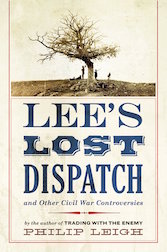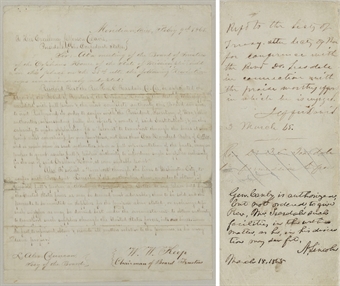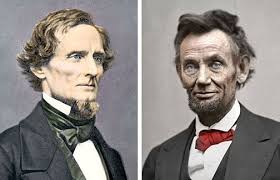Earlier this week Civil War author and book reviewer, Fred Ray, wrote the review of my Lee’s Lost Dispatch and Other Civil War Controversies provided below:
Lee’s Lost Dispatch and Other Civil War Controversies
By Philip Leigh
Illustrated, photos, maps, notes, bibliography, index, 224 pp. softcover $18.95
Westholme Publishing 2015
http://www.westholmepublishing.com
Philip Leigh, whose last book, Trading With the Enemy, I reviewed a while back, has produced another volume for the Civil War reader. This one is a series of essays on various controversies, mysteries, and other aspects of the war. Briefly, they are:
• The Biggest Confederate Error. Leigh sees this as Jefferson Davis’ decision to hold Southern cotton off the market to put pressure on England and France to intervene. In retrospect, however, Davis missed a golden opportunity to supplement his meagre war chest while he still could. Had the cotton been sold and the money put into European banks, the Confederacy would have had more money than the United States to buy badly needed war materiel. Once the blockade became effective, it was too late.
To read the rest of the review, please go to the TOCWOC Blog where Ray posts his reviews.
My Civil War Books
Lee’s Lost Dispatch and Other Civil War Controversies
Trading With the Enemy
Co. Aytch: Illustrated and Annotated





